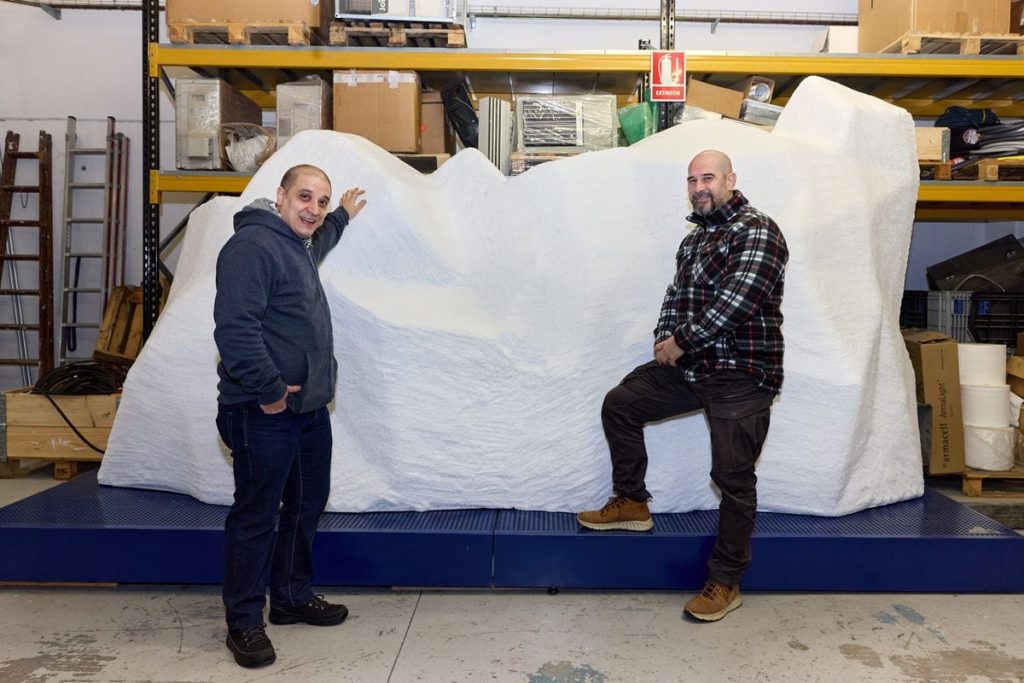The tragedy of the Titanic occurred during the early hours of April 14 to 15, 1912. The well-known script of the story unfolds as the transatlantic liner collided with an iceberg during its maiden voyage and sank in just a few hours. With an insufficient number of lifeboats for all passengers, hundreds perished in the freezing waters of the Atlantic Ocean. The giant piece of ice played a significant role, now being a key component in an exhibition organized by the Basque company Musealia in Washington. It will also feature in a summer exhibit in Australia, where a four-meter-long by two-meter-high model iceberg built by the Navarrese company Galvan Frío Industrial will travel to. This replica, based on survivor testimonies, serves as an ice rink where visitors can touch and feel the cold that engulfed those who perished in the disaster.
Musealia, spearheaded by Luis Ferreiro, conceived the idea of creating a 3D replica of the iceberg to allow visitors to experience the chilling cold surrounding the Titanic victims. This led to the collaboration with Navarrese company Galván Frío Industrial, tasked with building a model that could be easily transported and adapted to various international electrical systems. Santiago Galván, the company’s CEO, was initially surprised by the request but took on the challenge to develop a system capable of generating ice in different locations following specific technological constraints. Drawing on survivor accounts due to the lack of real images of the actual iceberg, the model was designed to mimic the approximate size and shape of the iceberg, ensuring an authentic experience for exhibition attendees.
The model iceberg functions using an ice rink mechanism where chilled water flows through pipes embedded within it, allowing ice to gradually form on its surface. This innovative system, engineered by Galván, ensures steady growth of two to three centimeters of ice daily, ultimately reaching its final dimensions of 4×2 meters. Despite encountering technical challenges during the project, eight team members dedicated their efforts to refining the model to meet the specifications required for easy transport and fitting within designated container dimensions. With the model now set to embark on a journey to Australia for an upcoming Titanic exhibition, preparations are underway to showcase between 150 and 200 original artifacts from passengers and crew, providing insights into the individuals onboard and dispelling myths popularized by the film adaptation.
Through the exhibition’s selected artifacts, the goal is to highlight the societal context of the era, shedding light on the motivations of passengers embarking on such a significant journey and debunking misconceptions perpetuated by cinematic portrayals. Ferreiro emphasizes that contrary to popular beliefs, third-class passengers were not necessarily poor, and the supposed class separation on board is not fully substantiated. Additionally, the exhibition aims to set the record straight regarding the character of Officer William McMaster Murdoch, misrepresented in the film, and challenges the perception of gender-based rescue priorities during the sinking. As the new exhibition makes its way to Australia, it seeks to present a more nuanced and accurate narrative of the Titanic tragedy, ensuring that the stories of those aboard, their choices, and the heroism displayed are properly honored and remembered.


